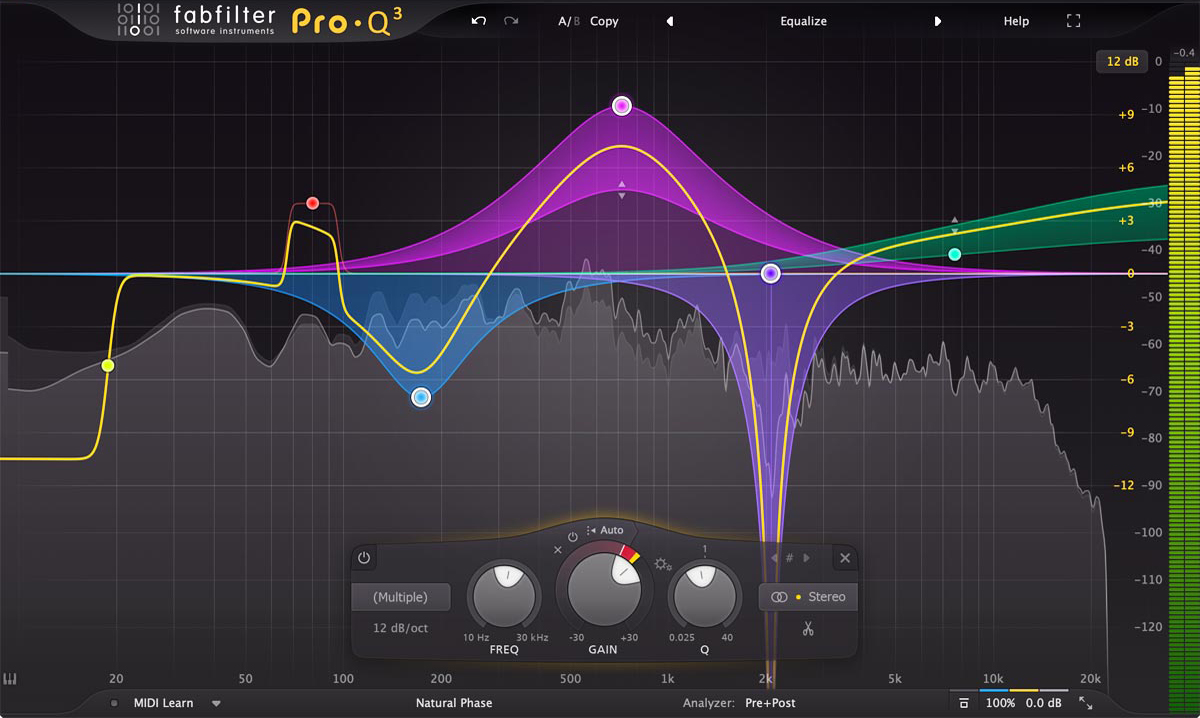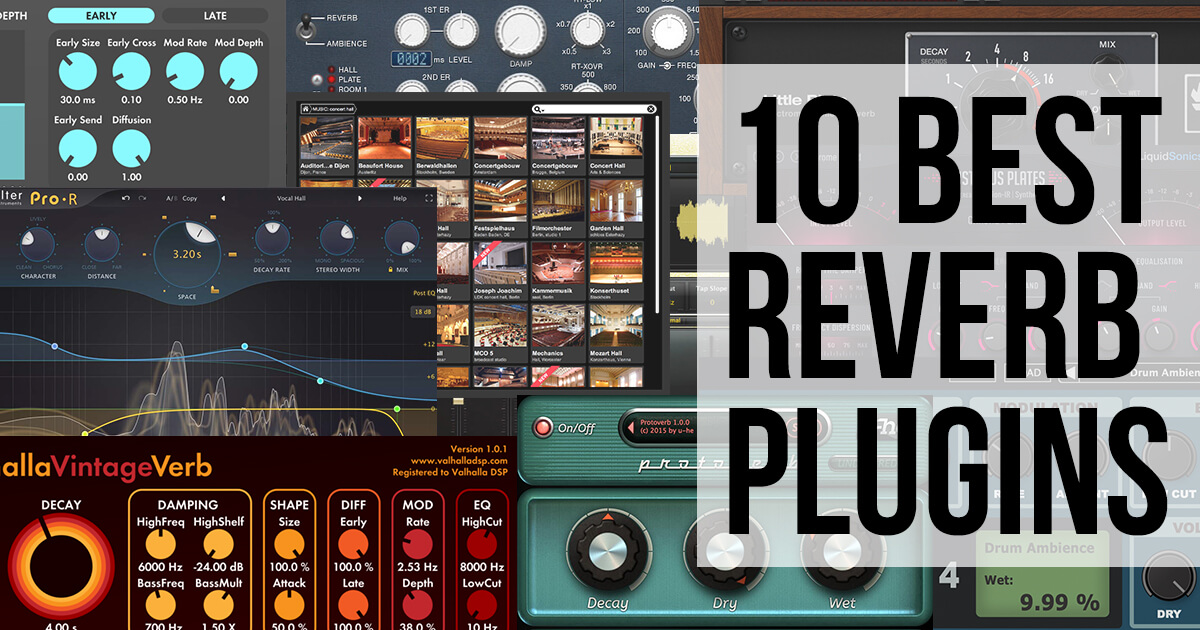

Click the current effect insert’s right arrow, and choose Reverb > Studio Reverb to replace the Convolution Reverb effect.
SOFTUBE PLUGIN REVERB ADOBE AUDITION FULL
Many of the Full Reverb and Reverb parameters cannot be adjusted during playback, because they are very CPU-intensive. We’re covering these reverbs out of sequence because the Studio Reverb is an algorithmic reverb that’s simple, effective, and works in real time so it’s easy to hear the results of changing parameters. These can be valuable for sound design and special effects. Also, you can load phrases, loops, sound effects, or other “nonacoustic space” files and obtain some pretty wild-and unpredictable-effects.
SOFTUBE PLUGIN REVERB ADOBE AUDITION FREE
Online sources offer free impulses that work with standard convolution reverbs, including Audition’s, which make it easy to expand your options. You can use convolution reverb to load most WAV files by clicking Load and navigating to a WAV file.

Click an effect insert’s right arrow, and choose Reverb > Convolution Reverb.Play the file to hear what it sounds like. Choose File > Open, navigate to the Lesson04 folder, and open the file Drums110.wav.The convolution type of reverb can produce extremely realistic reverberation effects, and as described later, can also be useful for sound design. Some engineers prefer algorithmic reverbs because it’s possible to create “idealized” reverb spaces others prefer convolution reverb due to its “real” feel. All Audition reverbs other than the convolution reverb use algorithmic reverb technology.Įach type of reverb is useful. It’s therefore easy to create different rooms and effects with a single algorithm, whereas with convolution reverb, you would need to load different impulses for fundamentally different sounds. The trade-off for realism is a lack of flexibility.Īlgorithmic reverb creates an algorithm (mathematical model) of a space with variables that allow for changing the nature of that space. The effect then performs convolution, a mathematical operation that operates on two functions (the impulse and the audio) to create a third function that combines the impulse and the audio, thus impressing the qualities of the acoustic space onto the audio. It loads an impulse, which is an audio signal (typically in WAV file format) that embodies the characteristics of a particular, fixed acoustic space.

Audition includes both.Ĭonvolution reverb is generally the more realistic sounding of the two. Two common reverb processes are convolution reverb and algorithmic reverb. Reverberation imparts an acoustic space’s characteristics (room, concert hall, garage, plate reverb) to audio.


 0 kommentar(er)
0 kommentar(er)
